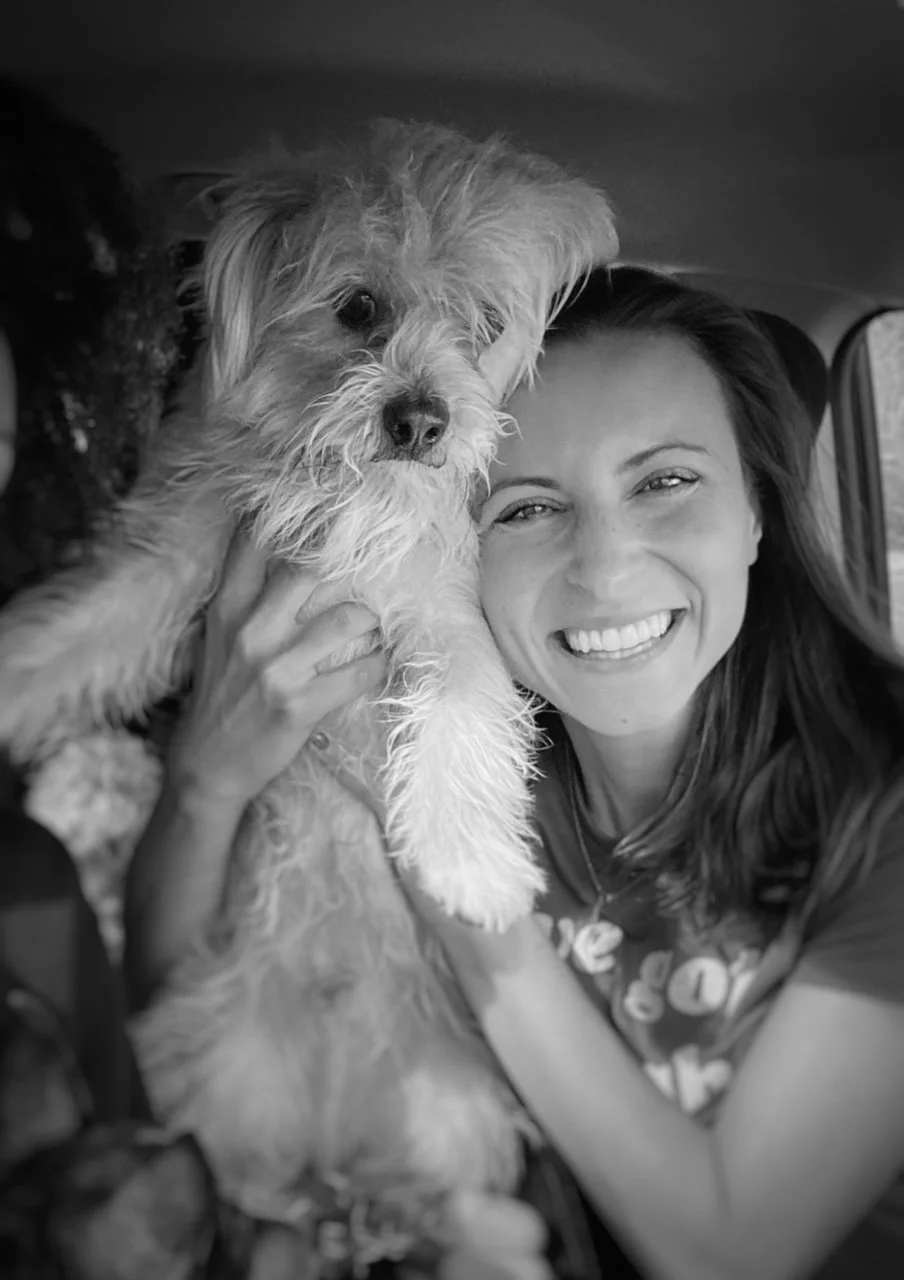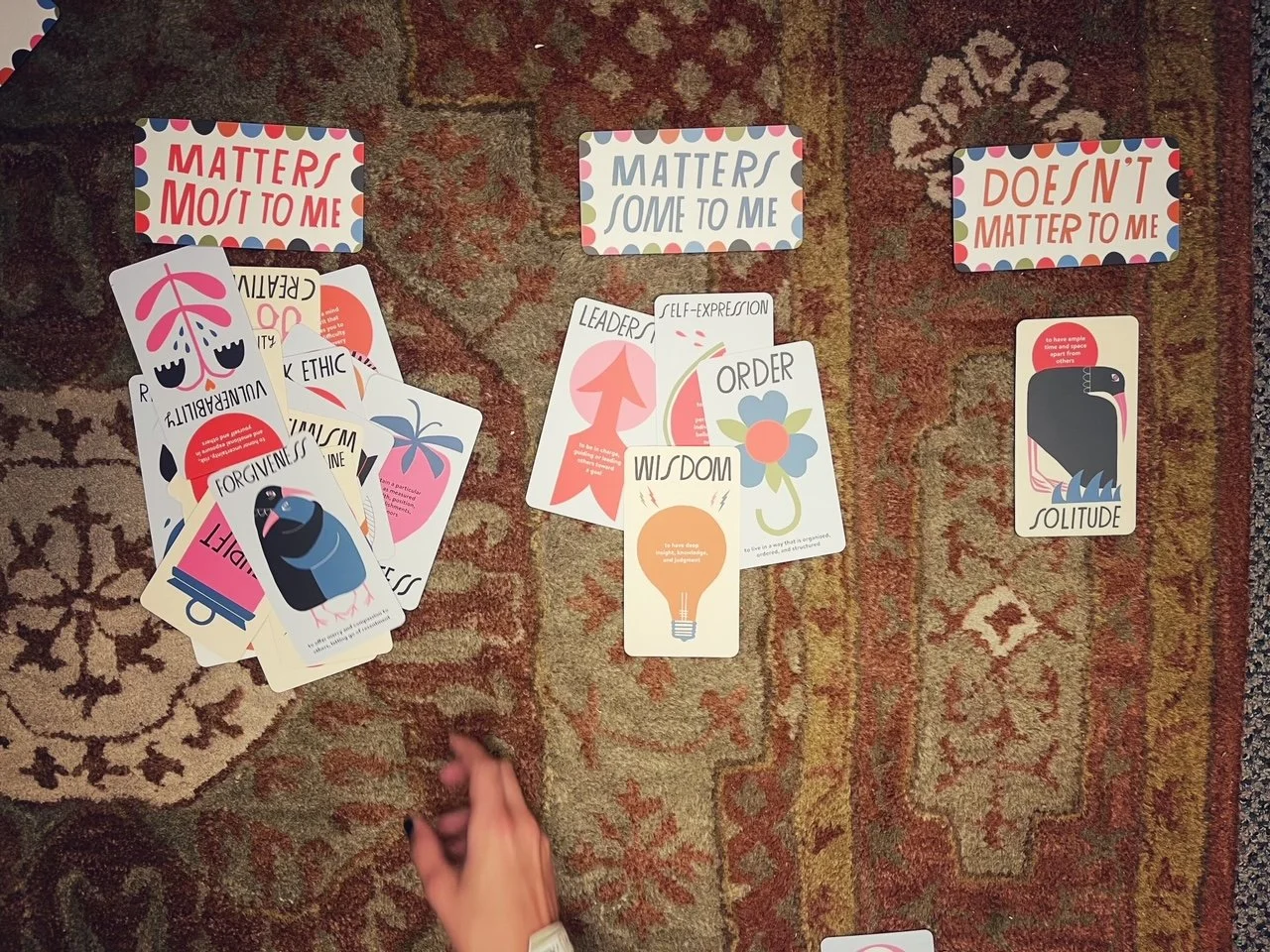Blog
Let's stop feeding the OCD Monster: ERP for Kids
It is helpful for a child to imagine and name an OCD monster!
The name that the child chooses can be silly, scary, or practical – but the important part is that naming the OCD monster helps externalize the disorder. The child must understand that the OCD monster is making them do something and that it is not actually what they want or need to do.
What is the family OCD cycle and how to stop it
Obsessive Compulsive Disorder, especially in the pediatric presentation, does not exist in a vacuum. Usually, family members are supporting and enabling the OCD to flourish. This happens despite family members’ intense dislike of the OCD behaviors and deep concern about how it is impacting their loved one.
5-4-3-2-1 Mindfulness Countdown
Obsessive Compulsive Disorder and Anxiety often feature excessive rumination, and worry cycles. Sometimes our thoughts can clutter up our brains and literally prevent us from noticing our surroundings. Other times, we might spin into panic and feel that our body is betraying us. 5-4-3-2-1 is a simple mindfulness exercise that engages each of the 5 senses and can help halt anxious thoughts by bringing you back into your body, to the present moment, and to a state of more ease and enjoyment.
Yoga Therapy and the OCD Journey
The power of yoga and yoga therapy is in the attention and intention you bring to your own experience. When you step onto your mat, you are stepping into an intentional space and inviting gentle curiosity along with you. In this way, yoga therapy can be a brilliant adjunct to OCD therapy.
The ACE technique and how can it help with OCD
The basic principle is that we need to anchor ourselves back to our real lives when an obsessive cycle hits. It is easy for those of us with OCD, or Obsessive Compulsive Personality Disorder (OCDP), Dr. Pinto’s specialty, to float off into the ocean of angst and chaos. Dropping anchor, through the technique of A.C.E., keeps our ship steady in place while the disquiet and the discomfort of dysregulation hits.
What if I don't do any compulsions?
Many individuals, including mental health practitioners, have a very limited definition of what qualifies as a compulsion.
Most are able to identify obsessive thought but then many mischaracterize or simply miss the ritualistic behavior that aims to short-term neutralize the obsessive fear.
What is Ego-Syntonic and Ego-Dystonic OCD?
While not types of OCD, the categories of ego-syntonic and ego-dystonic are incredibly valuable designations to make during OCD treatment. Ego-syntonic presentations of OCD are tendencies that are compatible with one’s true outlook and values. Whereas with ego-dystonic OCD, the obsessions and compulsions of the individual actually run contrary to the person’s true character.
Perfectionism OCD
Aside from contamination (ie. hand-washing) OCD, perfectionism OCD is the most commonly recognized subtype of OCD in popular culture. We can all imagine the externalized compulsions of a perfectionist – checking, adjusting, redoing, and agonizing over mistakes. However, for someone with OCD, the internal struggle is actually far more significant than the perfectionistic behaviors.
What is emotional avoidance in OCD?
Emotional avoidance is a common challenge that can get in the way of productive healing. Those with Obsessive Compulsive Disorder (OCD) have a special propensity for emotional avoidance, as emotional reactivity tends to be high and resilience to distress tends to be low.
Exposure Therapy for Simple Phobias
Exposure therapy originated in the treatment of simple or specific phobias, which means a marked fear around a certain object or situation, such as a needle, an animal, or flying. When confronted with these feared objects or situations, clients tend to experience panic.
Animal-Assisted OCD Treatment
OCD Treatment, while highly effective, can also be a taxing, dysregulating experience. In order to heal our distress, we must face it. Animals can provide a sensory input that distracts clients from their presenting concerns, and also can noticeably change the tone of a session from anxiety-provoking to joyful.
The Living Your Values Exercise
One of my favorite therapy exercises is to sort out values in a visual way. We rarely get the opportunity to step back and ask ourselves, are we actually prioritizing what matters most to us?
Is it Perfectionism or is it OCD?
Perfectionism is a common word but is deeply misunderstood. The true meaning of this concept, however, is much more self-destructive. Perfectionist minds tend to have very pervasive negative self-talk, saying “you are a failure” and “you messed up” over small errors or shortcomings.
Strong Religious Beliefs vs. OCD?
Strong religious beliefs are a healthy part of the lives of many. Spirituality and adherence to the rituals of a certain religion can bring peace and clarity in an often chaotic world. However, for those with OCD, it can sometimes be tricky to distinguish the discrepancy between their belief system and some pathological presentations of religious scrupulosity.
Mindfulness Skills for OCD
Our minds can be a whirlwind of self-doubt, self-blame, and worry. For an individual with OCD, developing mindfulness skills may not fully quiet this overactive brain, but at the very least, will help give you distance from your worries and fears.
What is an audio exposure?
In treatment for Obsessive Compulsive Disorder, we explore many avenues for exposures to reduce distress around our client’s fears. One interesting technique is known as a “loop tape.” This exposure is basically an audio immersion to your greatest fears.
What is a written exposure?
For treatment of Obsessive Compulsive Disorder (OCD), exposure treatment can come in many creative forms. In some cases the OCD fear is based on an imagined outcome, and an in vivo (live in the therapy room) exposure is not possible. This is especially the case with dangerous or horrific intrusive thoughts. In this case, we may use a written exposure to desensitize our client to their terrible thoughts.
Top 3 Types of OCD thinking
Metacognition is what we think about our thinking. We can experience thoughts as automatically valid and needing attention, or we can experience thoughts as transient, not necessarily significant. Those with OCD over index to their thoughts and apply too much significance to every thought that comes into their consciousness.
What is an imaginal exposure?
Sometimes a therapist cannot set up in vivo exposures either in the therapy room or as homework. Sometimes an in vivo exposure would be too dangerous, too extreme, or simply not viable. In these cases, an imaginal exposure is the next best option.
CBT for OCD Intrusive Thoughts
For those who cannot simply allow those intrusive thoughts to float by, the next best tool is Cognitive Behavioral Therapy (CBT). Studies have shown that for OCD individuals, the pain of intrusive thoughts stems from two major distortions in thinking: 1) Overestimation of Threat 2) Overblown Sense of Responsibility.




















